(单词翻译:单击)

Beirut, Lebanon
Strolling along the Corniche in Beirut.
贝鲁特,沿着险路散步的人们。
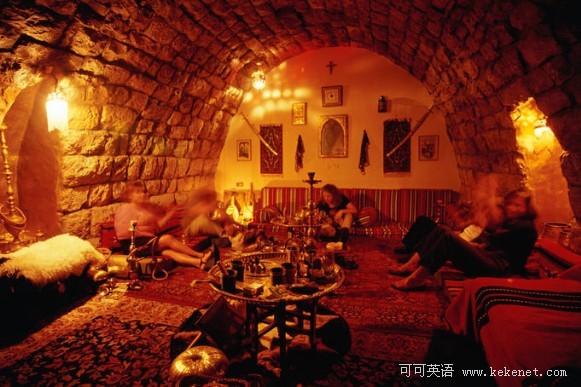
Nargile, Beirut
Tourists relax in a nargile (hookah, shisha) den in Beirut.
贝鲁特,在阿拉伯水烟房里休息的游客。
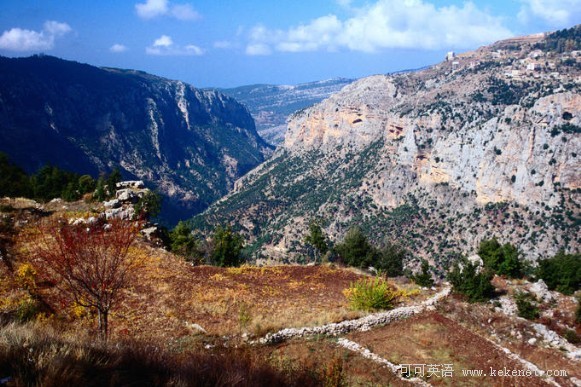
Qadisha Valley, Lebanon
Old stone fences in the Qadisha Valley.
圣谷里古老的石墙。(译者注:圣谷是黎巴嫩最幽深、最美丽的山谷之一,自中世纪早期就成了修道士、隐士、苦行修道者的收容所,是世界上基督教早期最重要的修道士的聚居地)
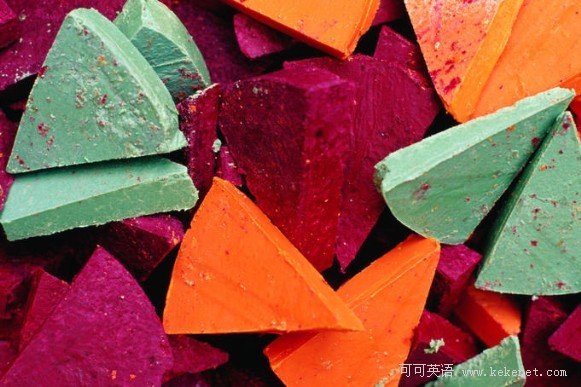
Khan as-Sabun, Lebanon
Locally made soap from Khan as-Sabun (Soap Warehouse) in Tripoli.
的黎波里的某肥皂仓库里的当地手工制作的肥皂。
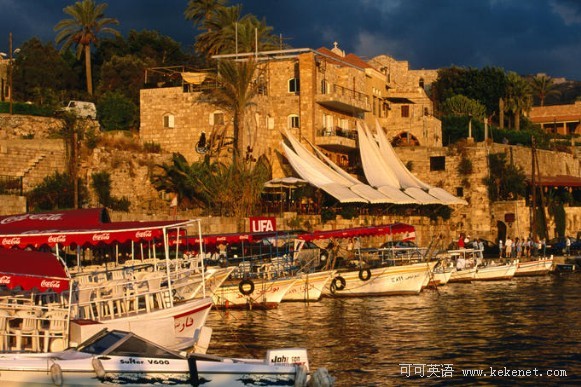
Boats, Lebanon
Boats on waterfront.
河畔的船只。
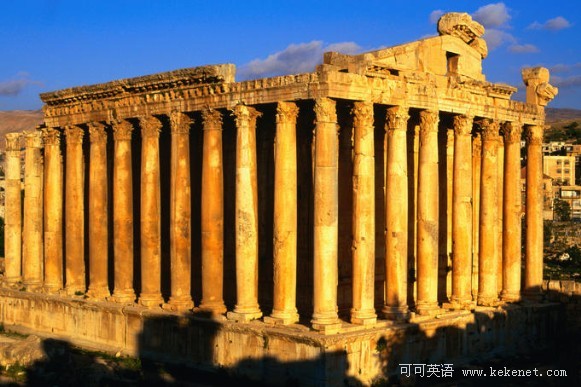
Temple of Bacchus, Lebanon
Exterior of Temple of Bacchus.
巴克斯神庙外观。(译者注:巴克斯神庙建于公元150年,古罗马科林斯式建筑,是巴贝克城广大的半废墟遗迹的一部分)

Roman ruins, Lebanon
Roman ruins.
罗马遗址
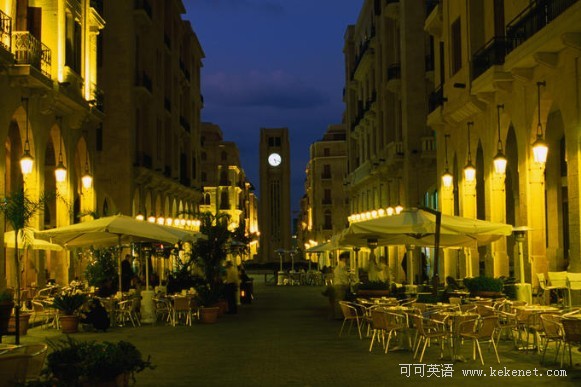
Place d'Etoile, Lebanon
Rue Maarad cafes and restaurants off Place d'Etoile.
马阿拉路的星辰广场上的咖啡馆及餐厅。(译者注:位于贝鲁特市的Solidere区)
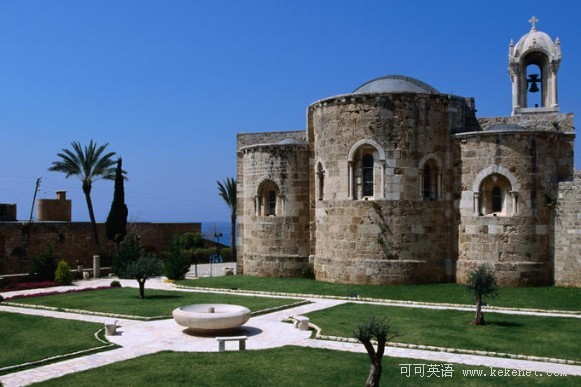
Stone church, Lebanon
Stone church and surrounding courtyard.
石头教堂及周围的庭院。
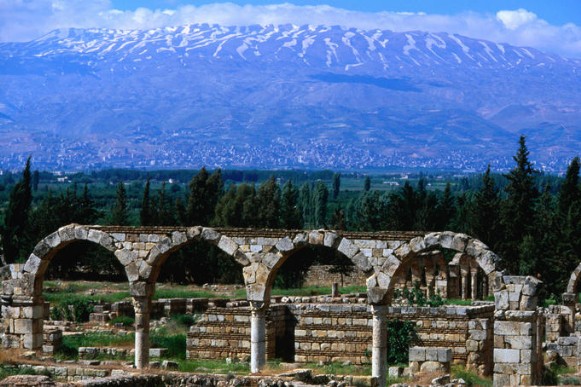
Aanjar, Lebanon
The significant Umayyad site of Aanjar: the mountain ranges behind archways and ruins
意义重要的安杰尔的倭马亚遗址以及走道和遗址背后的山脉。(译者注:位于贝鲁特东部的贝卡地区,安杰尔城处于古时连接大马士革及南部地区商贸路线的交叉点上,这一具有战略意义的地理位置使该城成为历史上唯一的内陆商贸中心;安杰尔一直为倭马亚王朝所统治,公元661年,穆阿维叶建立了阿拉伯哈里发王朝,此后扩大其势力范围,统治了西到北非和西班牙,东至波斯的广大区域,不平繁荣不过百年,到公元750年王朝就被推翻了,这一时期被历史上称为倭马亚时期;安杰尔考古遗址是现存最重要的大规模倭马亚王朝遗迹)


